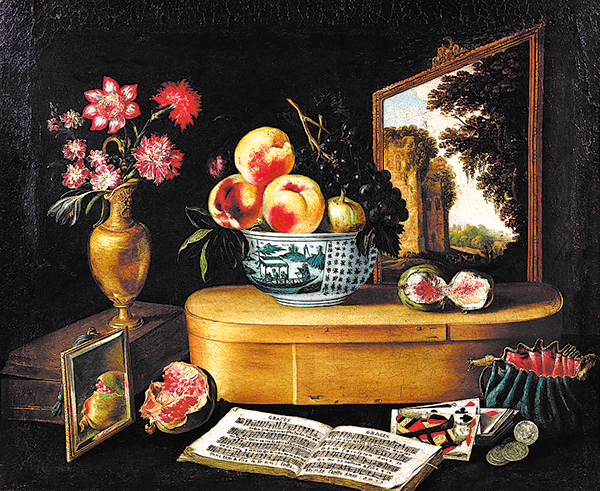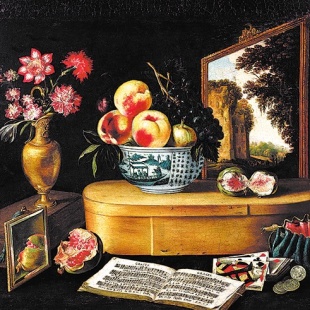Chinese trade was key aspect of maritime struggles


"We have received divers and sundry reports both by your own subjects and others, who have visited some parts of Your Majesty's empire ... This has encouraged us to find a shorter route by sea from us to your country than the usual course that involves encompassing the greatest part of the world."
The passage above is a modern-English rendering of an excerpt from a letter written in 1602 by Queen Elizabeth of England to the Wanli Emperor of China's Ming Dynasty (1368-1644), who reigned from 1572 to 1620. The letter was entrusted to George Waymouth, whom the queen had appointed as the principal pilot "for his knowledge and experience in navigation".
Waymouth was tasked with the ambitious mission of discovering a shorter northern passage to Ming China — one that would offer England, then a rising naval and economic power, an alternative route to Asia and help avoid conflict with Spain and Portugal, who at the time dominated global trade routes.
"It may please Your Majesty to observe, on the ships, samples available from our country of many diverse materials which we can supply most amply," the letter continues earnestly. "And may it please Your Majesty to enquire of the said George Waymouth what may be supplied by the next fleet."
The letter never reached its intended destination — Waymouth's expedition, beset by bad weather and later a mutiny, came to an end in the frozen waters off the Labrador Coast in what is now northeastern Canada. From there, Waymouth turned back, presumably taking the letter with him.
Today, the original letter, written on parchment, is preserved at the Lancashire Archives. For those interested in its history, a copy is also featured in the catalog of the Nanjing Museum's exhibition The World-view of the Great Ming Dynasty.
"The letter serves as a narrative hinge for my storytelling, which in part explores Ming China's role as a focal point in the global trade network rapidly emerging in the mid-16th century, following the onset of the Age of Discovery marked by the milestone voyages of Christopher Columbus, Vasco da Gama and Ferdinand Magellan," says Gao Jie, curator of the exhibition.
It is no surprise, then, that Spain and Portugal — the home countries of these pioneering seafarers — gained an early lead in maritime trade and global colonialism. In 1571, the Spanish established Manila as a permanent colony and a crucial hub where Chinese goods were exchanged for American silver extracted from rich mines in Potosi (in present-day Bolivia) and Zacatecas (in central Mexico), both part of the Spanish Empire.
"Each year, Spanish trading ships known as the Manila Galleons transported tons of this silver from Acapulco on Mexico's Pacific coast across the Pacific Ocean to Manila. There, it was traded for Chinese luxury goods — silk, porcelain and lacquerware — which were then shipped back to Mexico and on to European markets," says Gao.





































